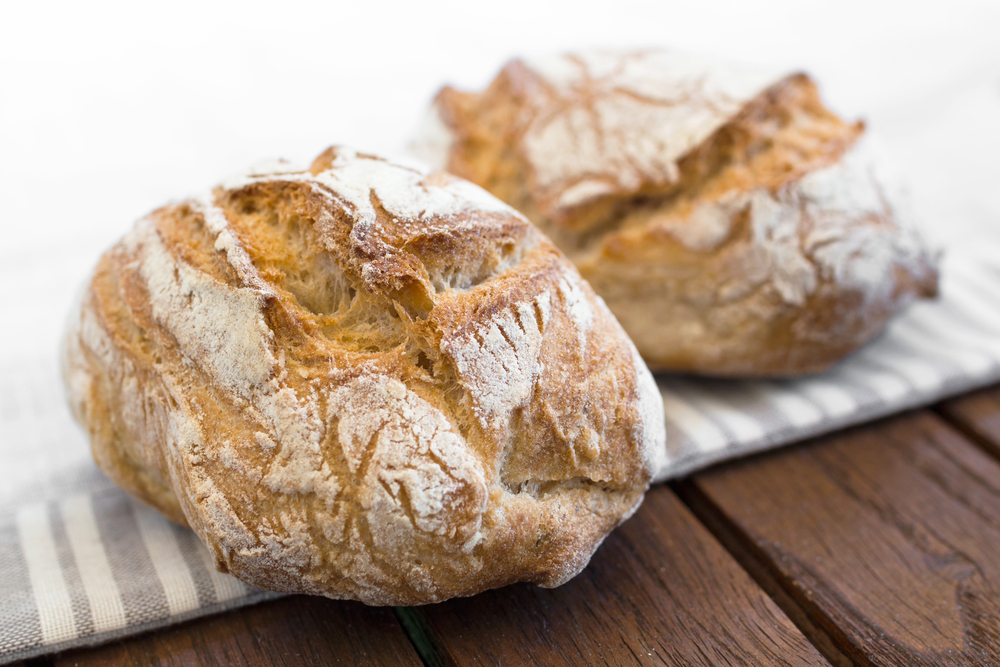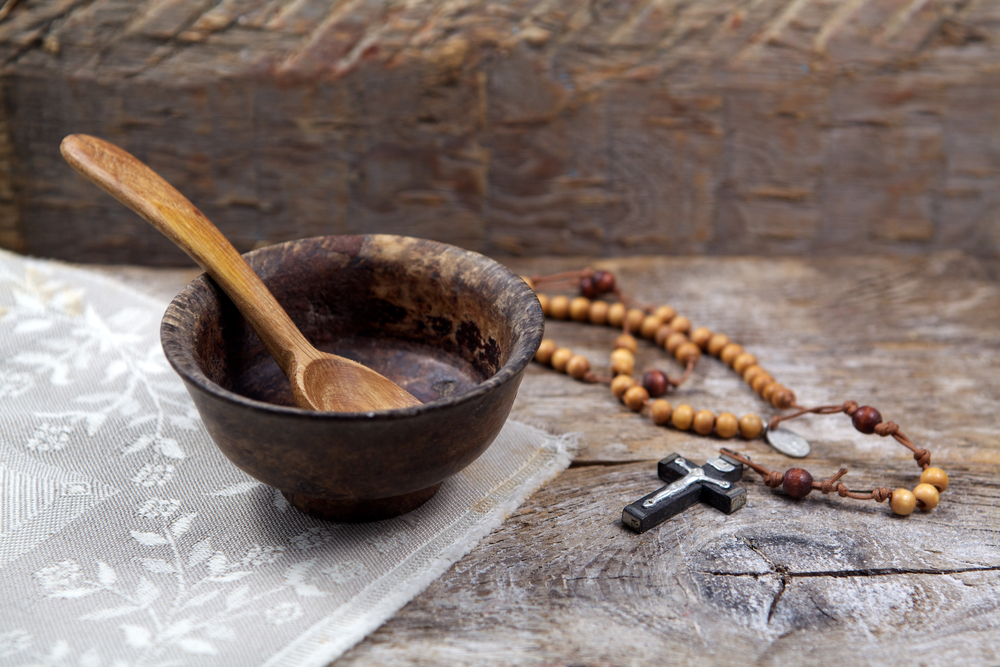“Ash Wednesday and Good Friday are obligatory days of fasting and abstinence for Catholics. In addition, Fridays during Lent are obligatory days of abstinence,” says the United States Conference of Catholic Bishops. Most Catholics already knew as much, but there is often confusion about what fasting and abstinence really means. We’re here to help!
Can. 1249 The divine law binds all the Christian faithful to do penance each in his or her own way. In order for all to be united among themselves by some common observance of penance, however, penitential days are prescribed on which the Christian faithful devote themselves in a special way to prayer, perform works of piety and charity, and deny themselves by fulfilling their own obligations more faithfully and especially by observing fast and abstinence, according to the norm of the following canons.
For Roman Catholics, fasting obligations apply to adults age 18 through 59. There are also certain exemptions to the fasting obligation, which are outlined by the USCCB here: “Those that are excused from fast and abstinence outside the age limits include the physically or mentally ill including individuals suffering from chronic illnesses such as diabetes. Also excluded are pregnant or nursing women. In all cases, common sense should prevail, and ill persons should not further jeopardize their health by fasting.” If you cannot participate in fasting and abstinence for health reasons, find another way to practice penance!
So, what is fasting? “The traditional fast for Catholics is very simple: it is one meal a day that has meat (except on Fridays, when you don’t eat meat) and then the other two meals should be more like snacks and nothing in between meals. There’s no restriction on liquids,” says Rev. Richard Simon, host of Father Simon SaysTM. “It’s not difficult, but it really focuses you.”

The USCCB explains Lenten fasting as one meatless meal, and if necessary, two smaller meals may be consumed that combined equal less than a full meal. Liquids are allowed at any time, but no food should be eaten between meals. These guidelines are usually pretty easy to follow, so some people will take their fasting a step further, or even follow a stricter bread and water fast. It’s important to talk to your pastor or spiritual director if you have questions or concerns about fasting.
Abstaining from meat is obligatory on Fridays during Lent for all Catholics age 14 and up. There is some debate about what exactly ‘meat’ includes, so the US bishops gave some advice. “Abstinence laws consider that meat comes only from animals such as chickens, cows, sheep or pigs — all of which live on land. Birds are also considered meat. Abstinence does not include meat juices and liquid foods made from meat. Thus, such foods as chicken broth, consomme, soups cooked or flavored with meat, meat gravies or sauces, as well as seasonings or condiments made from animal fat are technically not forbidden. However, moral theologians have traditionally taught that we should abstain from all animal-derived products (except foods such as gelatin, butter, cheese and eggs, which do not have any meat taste). Fish are a different category of animal. Salt and freshwater species of fish, amphibians, reptiles, (cold-blooded animals) and shellfish are permitted.”
And remember, it’s a day of penance and a time to reflect on Christ’s sacrifice on Good Friday – so although a fancy lobster dinner is technically allowed on no-meat Fridays, perhaps it’s missing the point.
[ctct form=”23338″]


